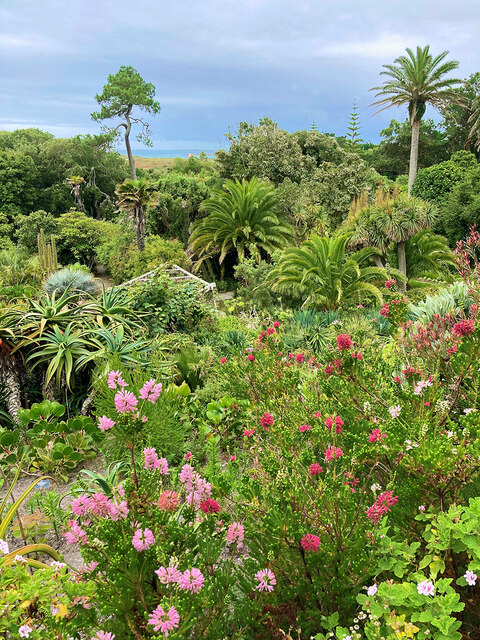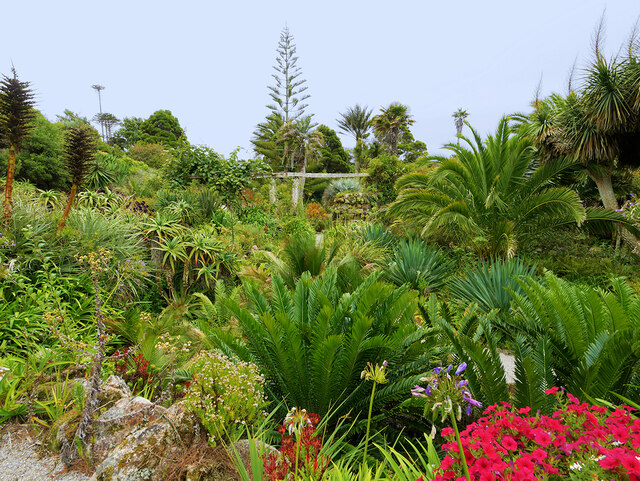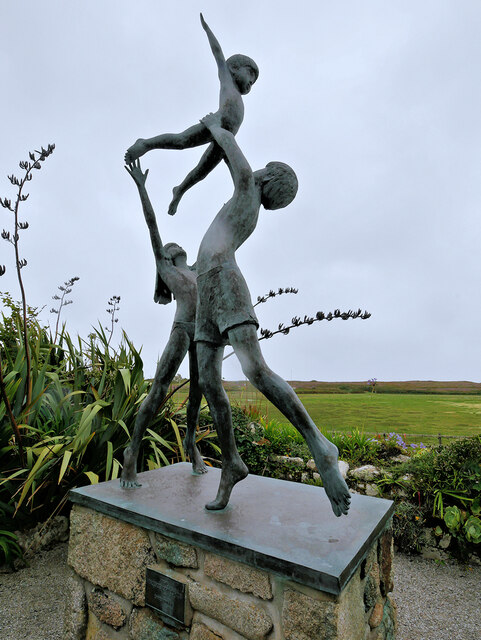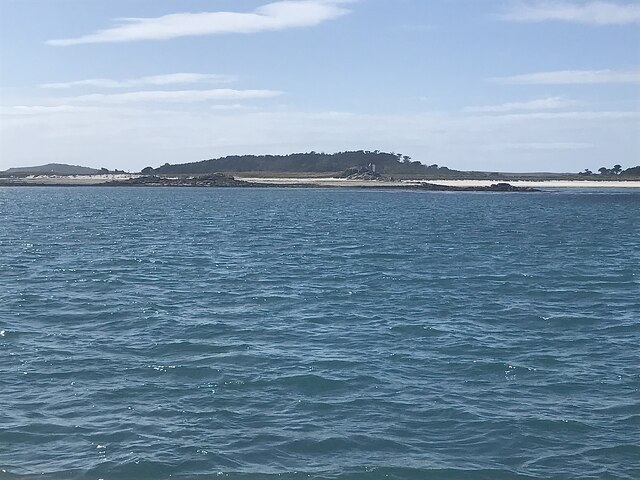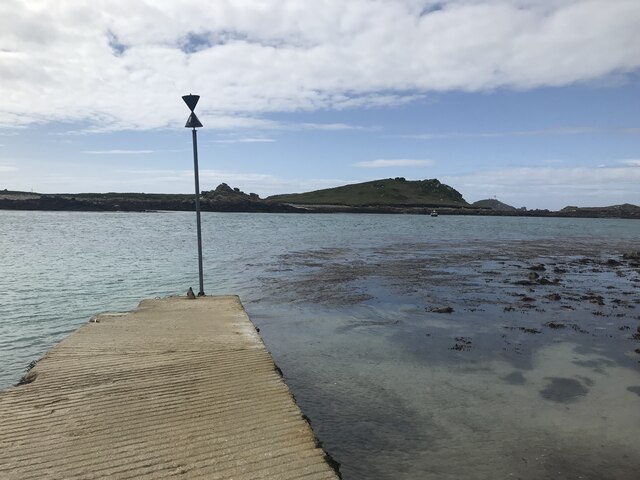Hunter's Lump
Island in Cornwall
England
Hunter's Lump
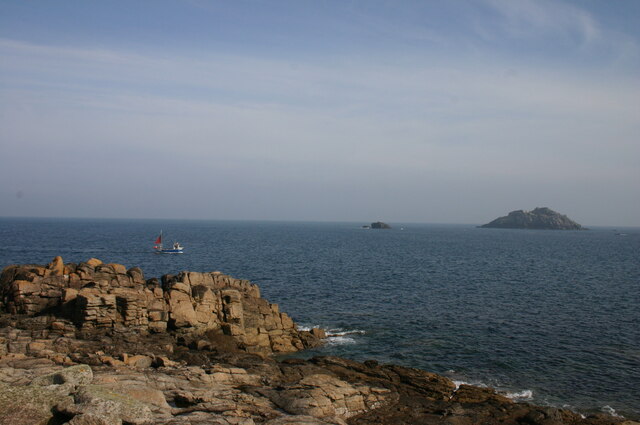
Hunter's Lump is a small island located off the coast of Cornwall, England. It is situated in the Celtic Sea, approximately 2.5 miles southwest of the village of Mullion. The island, also known as Mullion Island, covers an area of around 0.6 hectares and is predominantly composed of granite.
Hunter's Lump is characterized by its rugged and rocky terrain, with steep cliffs rising up to 35 meters above sea level. The island is uninhabited, devoid of any permanent structures or human settlements. Its remote and untouched nature makes it a popular destination for birdwatchers and nature enthusiasts.
The island is renowned for its diverse bird population, serving as an important breeding ground and habitat for various species. Seabirds such as gulls, cormorants, and razorbills can be spotted nesting on its cliffs during the breeding season. Additionally, the surrounding waters provide ample opportunities for marine wildlife sightings, including seals and dolphins.
Access to Hunter's Lump is limited and subject to tidal conditions. During low tide, it is possible to reach the island on foot via a natural causeway that connects it to the mainland. However, visitors must be cautious and mindful of the rising tide to ensure a safe return.
Hunter's Lump offers a tranquil and picturesque setting, providing visitors with a glimpse of Cornwall's stunning natural beauty and rich wildlife.
If you have any feedback on the listing, please let us know in the comments section below.
Hunter's Lump Images
Images are sourced within 2km of 49.959617/-6.3124887 or Grid Reference SV9015. Thanks to Geograph Open Source API. All images are credited.






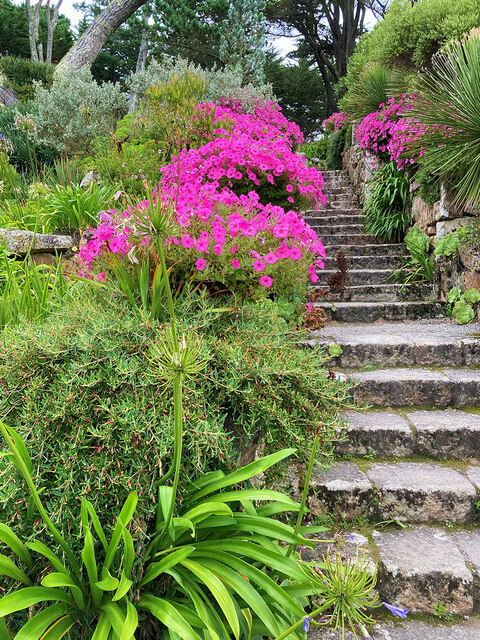
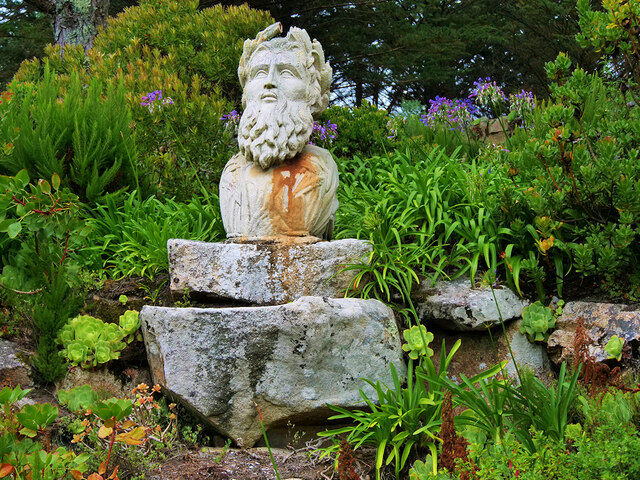
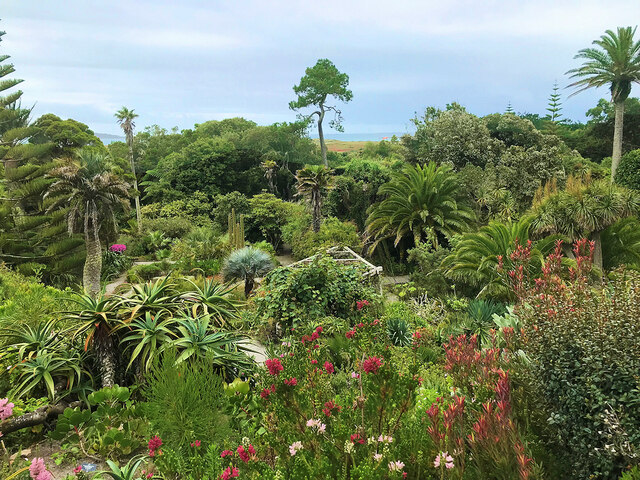
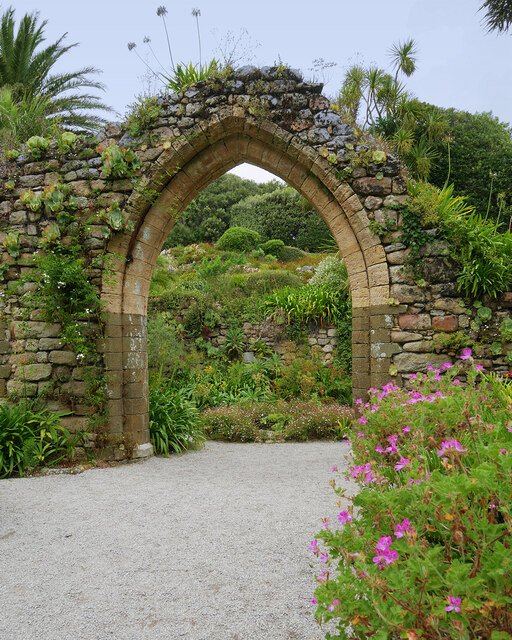
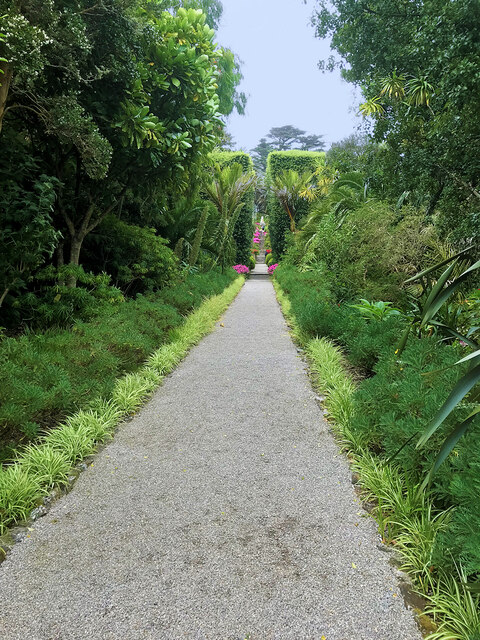
Hunter's Lump is located at Grid Ref: SV9015 (Lat: 49.959617, Lng: -6.3124887)
Division: Isles of Scilly
Unitary Authority: Isles of Scilly
Police Authority: Devon and Cornwall
What 3 Words
///bland.cocktail.harnessed. Near Tresco, Isles of Scilly
Nearby Locations
Related Wikis
Teän
Teän ( TEE-ən, sometimes written Tean without the diaeresis; Cornish: Enys Tian) is an uninhabited island to the north of the Isles of Scilly archipelago...
Lower Town, Isles of Scilly
Lower Town (Cornish: Trewoles) is the westernmost settlement on the island of St Martin's in the Isles of Scilly, England. One of the island's two quays...
Old Blockhouse
The Old Blockhouse, also known as the Dover Fort, is a 16th-century fortification on the island of Tresco in the Isles of Scilly. It was built between...
Middle Town, St Martin's
Middle Town (Cornish: Tregres) is a small settlement on the island of St Martin's in the Isles of Scilly, England. It is situated slightly inland, approximately...
Have you been to Hunter's Lump?
Leave your review of Hunter's Lump below (or comments, questions and feedback).

